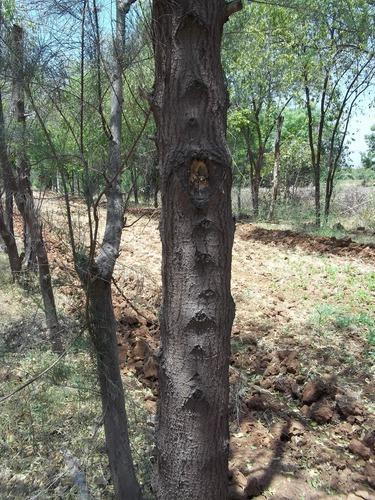India’s Sandalwood trees facing serious threats from Sandalwood Spike Disease
The Sandalwood Spike Disease (SSD) has infected several aromatic sandalwood trees in Kerala and Karnataka. This was founded based on the study by Institute of Wood Science and Technology.
Highlights
According to the study, the sandalwood trees in Marayoor forests of Kerala and several other forest regions in Karnataka are heavily infected with SSD. The disease is caused by bacterial parasites that are transmitted by insect vectors. Currently there is no option but to cut down and remove the infected tree to prevent the spread of the disease.
Every year, around 1% to 5% of sandalwood trees are lost in India due to the disease. Currently, there is fear that delay in controlling the disease may spread to cultivated sandalwood trees as well.
SSD
The disease was first reported in 1899 in Kodagu. Between 1903 and 1916 around million sandalwood trees were removed in Mysuru region due to the disease. The Maharaja of Mysuru thus announced a reward of Rs 10,000 for those who find a remedy to the disease.
Following this, between 1980 and 2000 the number of sandalwood trees in the state of Karnataka reduced by 25% of usual growing stock. This forced the International Union of Conservation of Nature to declare Sandalwood as “Vulnerable”.
Background
The current spread of the disease is mainly due to the restrictions on green felling in forests. The restrictions allow the vectors to spread the disease to healthy trees as well.
The production of sandalwood in India has greatly reduced from 4,000 tonnes in 1930s to mere 300 tonnes now. The price of sandalwood trees has increased from Rs 12,000 per kg to Rs 29,500 per kg.
In 1792, Tippu Sultan declared Sandalwood tree as the “Royal Tree of Mysuru”. This shows that India has been a traditional leader of sandalwood production. India exported sandalwood oil since 18th century.
Unfortunately, the trees are under great threat over a long period of time.
Month: Current Affairs - September, 2020


